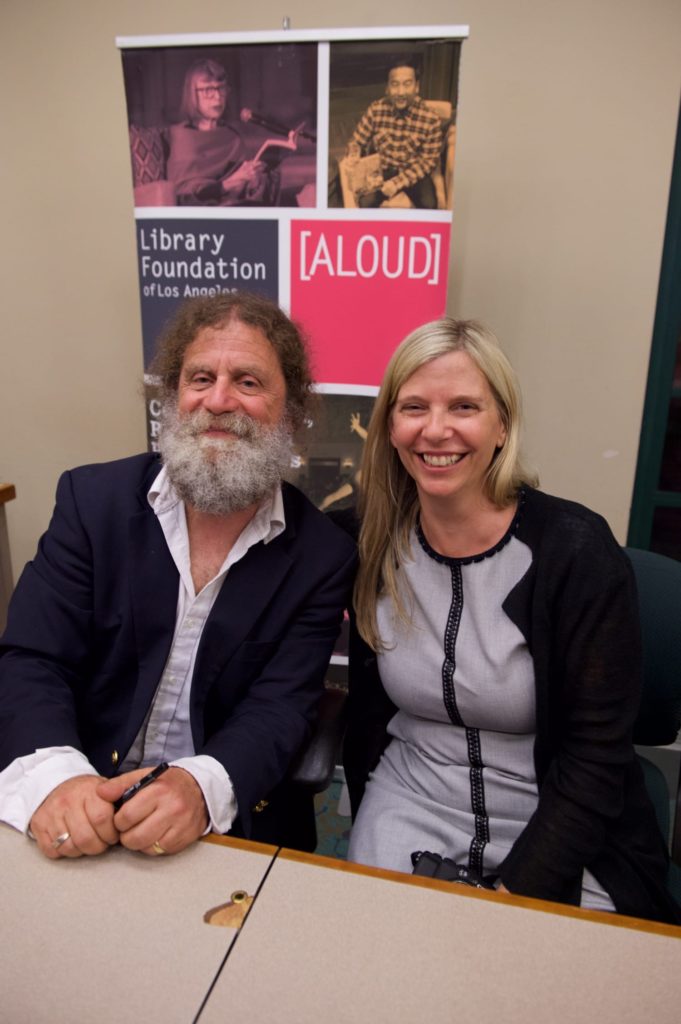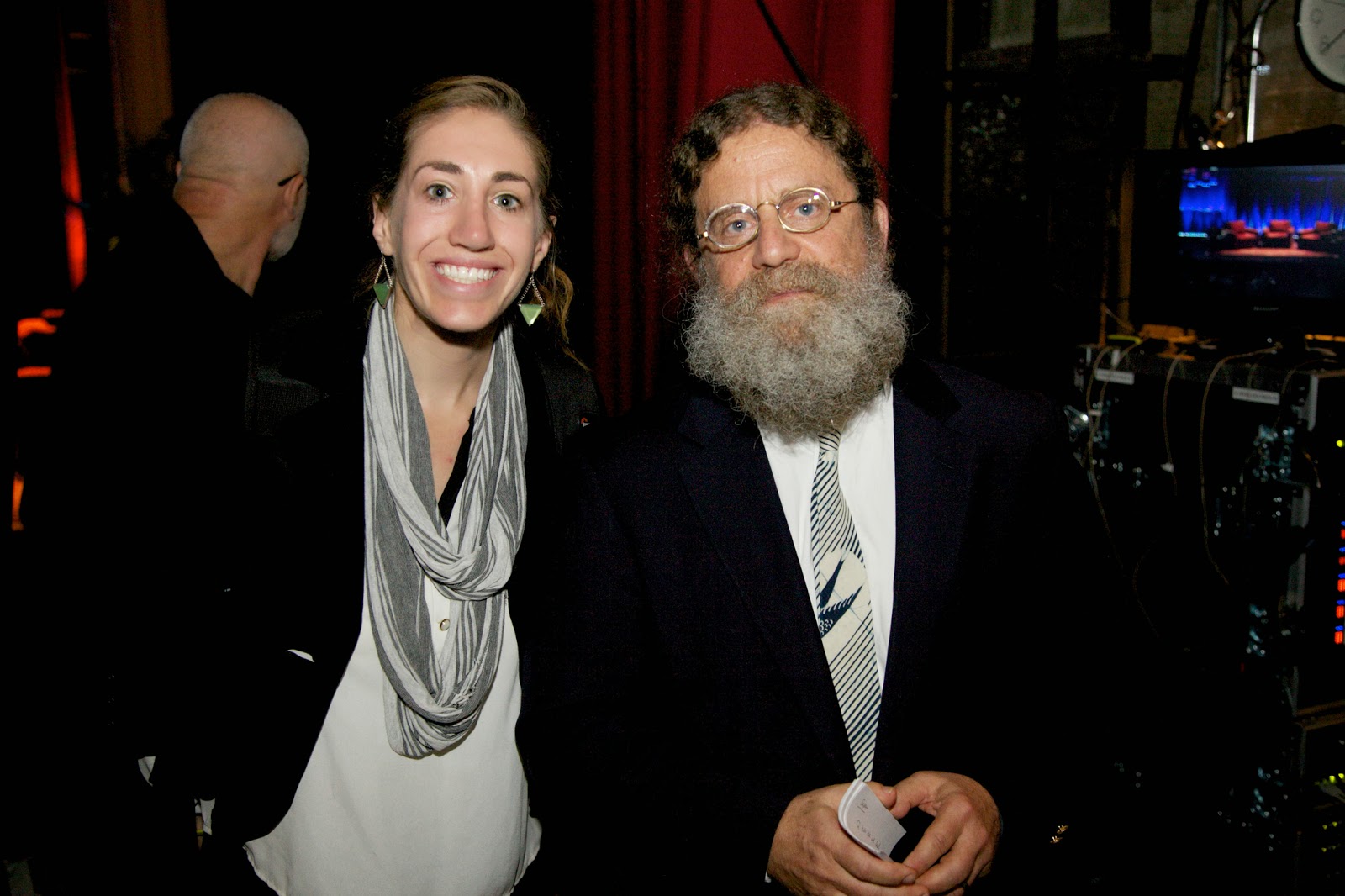What fuels the brilliant mind of a leading neuroscientist and shapes his understanding of the human condition? The answer, in part, lies in the quiet strength of his personal life and the enduring partnership he shares.
Robert Sapolsky, a name synonymous with insightful explorations of human behavior and the biological underpinnings of our actions, has enlightened audiences worldwide. His work has significantly advanced our understanding of stress, its impact on the brain, and its far-reaching consequences for our health and well-being. While Sapolsky's scientific contributions are widely celebrated, the story of his life is incomplete without acknowledging the significant influence of his relationship. It is a crucial element that deserves a spotlight.
Born on April 15, 1951, in Brooklyn, New York, Sapolskys journey from a precocious child fascinated by the intricacies of the world to a celebrated neuroscientist at Stanford University has been nothing short of remarkable. His intellectual curiosity led him to Harvard University for his undergraduate studies and then to Rockefeller University for his Ph.D. in neuroscience. His subsequent research, particularly his groundbreaking work on primates in Kenya, has revolutionized our understanding of how stress affects our brains and bodies. However, while his professional achievements are a matter of public record, the details surrounding his personal life, particularly his marriage, are less readily available. This article aims to change that. In the following pages, we delve into the life of Robert Sapolsky, exploring his career, examining the profound impact of his marriage, and attempting to paint a more complete picture of the man behind the groundbreaking research.
- Justin Bieber From Youtube To Global Pop Icon Learn More
- Victor Wembanyama The Rise Of A Basketball Prodigy Unveiled
To understand the life of Robert Sapolsky, we must first trace the trajectory of his impressive career. Sapolsky is not just an academic; he is a communicator, a storyteller, and an educator. He takes complex scientific concepts and translates them into accessible language for a wide audience. His ability to distill intricate ideas into compelling narratives has made him a highly sought-after speaker and author. His contributions to the field of neuroscience are profound and have influenced numerous researchers, students, and anyone interested in understanding human behavior.
Sapolsky's most notable publications, including "Why Zebras Don't Get Ulcers," "Behave: The Biology of Humans at Our Best and Worst," and "A Primate's Memoir," represent milestones in popular science. These books have not only educated the public but have also sparked critical conversations about how we manage stress, how our brains work, and the biological bases of human behavior. Sapolsky's writings are characterized by a unique blend of scientific rigor, wit, and a deep empathy for the human condition. They provide insight into the very essence of what makes us human, exploring the interplay between biology, psychology, and the environment. Furthermore, his work transcends the confines of academia. It speaks to our everyday lives, offering strategies for dealing with stress, understanding mental health, and cultivating more compassionate societies.
Beyond his research and writing, Sapolsky is renowned for his dynamic lectures. His ability to captivate an audience, breaking down the complex concepts of neuroscience in a way that is both informative and entertaining, is a testament to his skill as an educator. Those who have heard him speak, whether in person or online, often describe the experience as transformative. He fosters an environment of intellectual curiosity, inviting his listeners to question, explore, and broaden their understanding of the world around them.
- Heaven Howard Unveiling The Rising Stars Journey
- Susan Dey From Partridge Family To Hollywood Icon A Look Back
However, to truly appreciate Robert Sapolskys life, we must also consider the importance of his relationships and the personal forces that shaped him. While much of his public persona revolves around his scientific and intellectual contributions, his personal life, particularly his marriage, remains an area of intriguing interest. While his relationship is often kept private, it forms a core element in his ability to navigate his successful career. It is a topic less often discussed publicly, but nonetheless significant in understanding the full spectrum of his accomplishments. It is within the sanctuary of his personal life that Sapolsky finds support, inspiration, and a foundation for his professional pursuits. The strength of his marriage underscores the significance of companionship and shared values in fostering personal and professional growth.
Exploring the landscape of Sapolsky's personal life, we acknowledge the woman who has been with him on this journey. The identity of his wife, while a subject of respectful privacy, underscores the importance of the partnership that has allowed him to thrive. While specifics of their private life remain largely undisclosed, their mutual dedication to one another provides a supportive framework. The shared experiences, mutual respect, and the deep level of understanding between them add another layer of insight into Sapolsky's character.
The essence of their bond can be seen in the way they approach their respective pursuits, be they personal or professional. The supportive dynamic of their relationship allows Sapolsky to focus on his work while also enjoying the stability of a fulfilling home life. This balance allows him to explore the intricate complexities of the human mind and human behavior while enjoying the support and love he needs to continue his work.
The impact of a solid marriage is, in many ways, reflected in his work, personal outlook, and approach to life. The value of this partnership is revealed in the way in which it acts as a support structure. It provides a sense of steadiness that he needs to continue his scientific pursuits. This partnership gives Sapolsky a safe place to thrive as an academic. While details about the role his wife plays in his professional life are usually kept private, it is evident that the collaborative approach to challenges, both personal and professional, is a hallmark of their relationship. Their marriage is a model of mutual respect, encouragement, and dedication.
However, in the public eye, this has its share of challenges. The couple must navigate the realities of media attention. Sapolsky and his wife value their privacy and have established firm boundaries to protect their personal life from undue pressure. They both understand that it is important to focus on their relationship without external distractions.
Despite the attention that Sapolsky has gained through his career, he has demonstrated a determination to maintain his privacy and that of his wife. This has allowed them to live a fulfilling life, free from unnecessary scrutiny. It also helps them cultivate their dedication to each other, a commitment that has stood the test of time. This united front reflects their devotion, which is at the core of their relationship.
The influence of his marriage is evident throughout his life. The common interests and activities they share enrich their relationship, creating a close bond. The couple's dedication to charitable endeavors reveals the importance of their mutual commitment to make a positive impact in the world, while continuing to strengthen their relationship. It is a testament to the shared values that form the foundation of their home.
In the context of the information provided about Robert Sapolsky, here's the table of key facts, designed for easy integration into a platform like WordPress:
| Category | Details |
|---|---|
| Full Name | Robert M. Sapolsky |
| Date of Birth | April 15, 1951 |
| Place of Birth | Brooklyn, New York |
| Profession | Neuroscientist, Author, Professor |
| Education | Harvard University, Rockefeller University (Ph.D. in Neuroscience) |
| Current Affiliation | Stanford University (Professor of Biology, Neurology, and Neurosurgery) |
| Key Research Areas | Stress and its effects on the brain, primate behavior, neuroscience of behavior |
| Notable Books | "Why Zebras Don't Get Ulcers," "Behave: The Biology of Humans at Our Best and Worst," "A Primate's Memoir" |
| Awards & Recognition | MacArthur Fellowship |
| Spouse | [Wife's Name While specific name is not publicly available, she is his longtime partner] |
| Children | [Number of Children Information not publicly available] |
| Website (Reference) | Stanford Neuroscience Profile |
The path of Robert Sapolsky, marked by his contributions to science, offers valuable insight. The intersection of his personal life and professional accomplishments, and the relationship between him and his wife, demonstrates the importance of balance. Their relationship is a testament to a partnership based on mutual respect. His life, work, and marriage offer a look into the human experience. They remind us that even the most brilliant minds are shaped and supported by the bonds they cultivate.
- Zuria Vega A Look Into The Mexican Actresss Life Career
- Unveiling Justin Bieber A Deep Dive Into His Life Career


